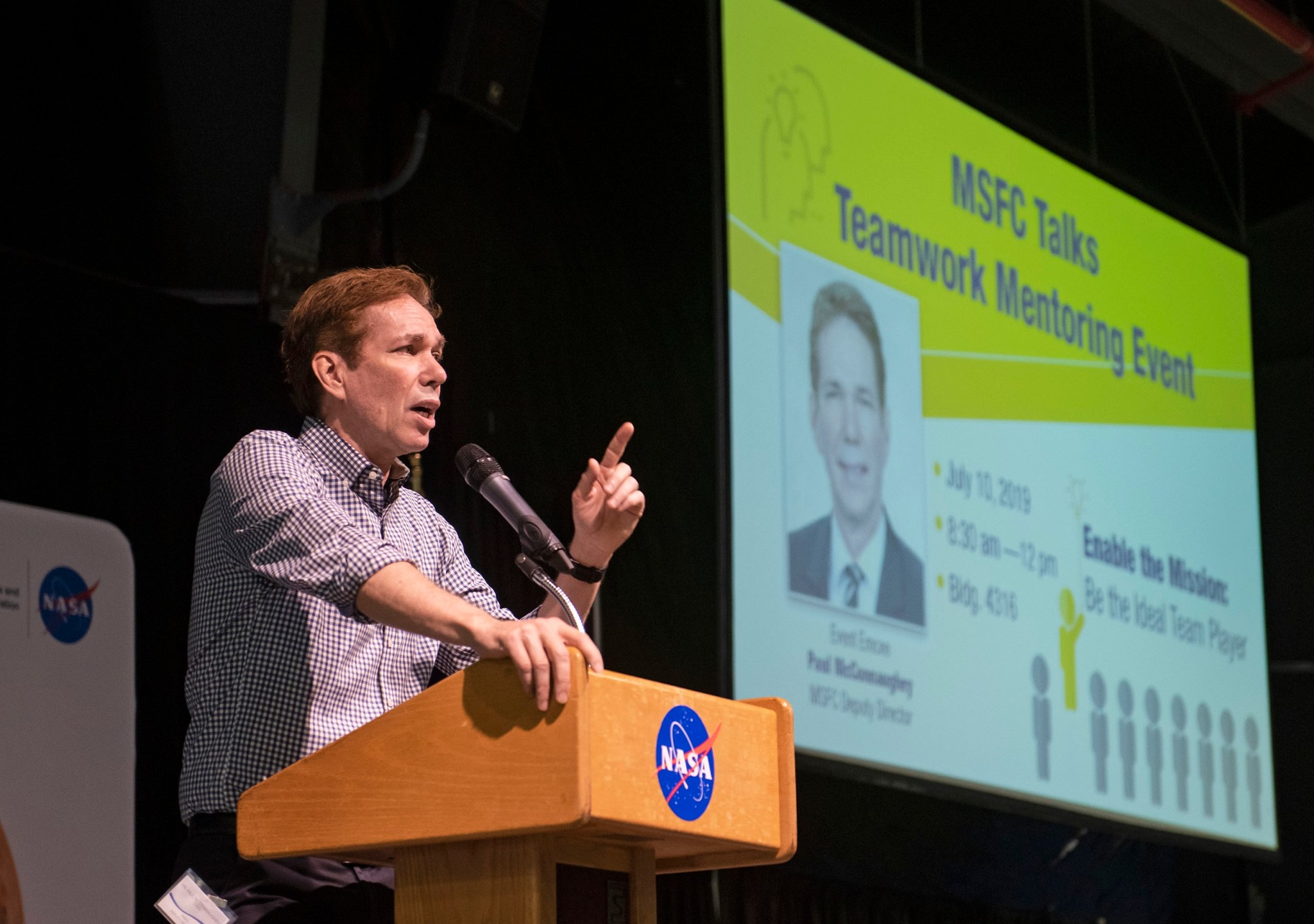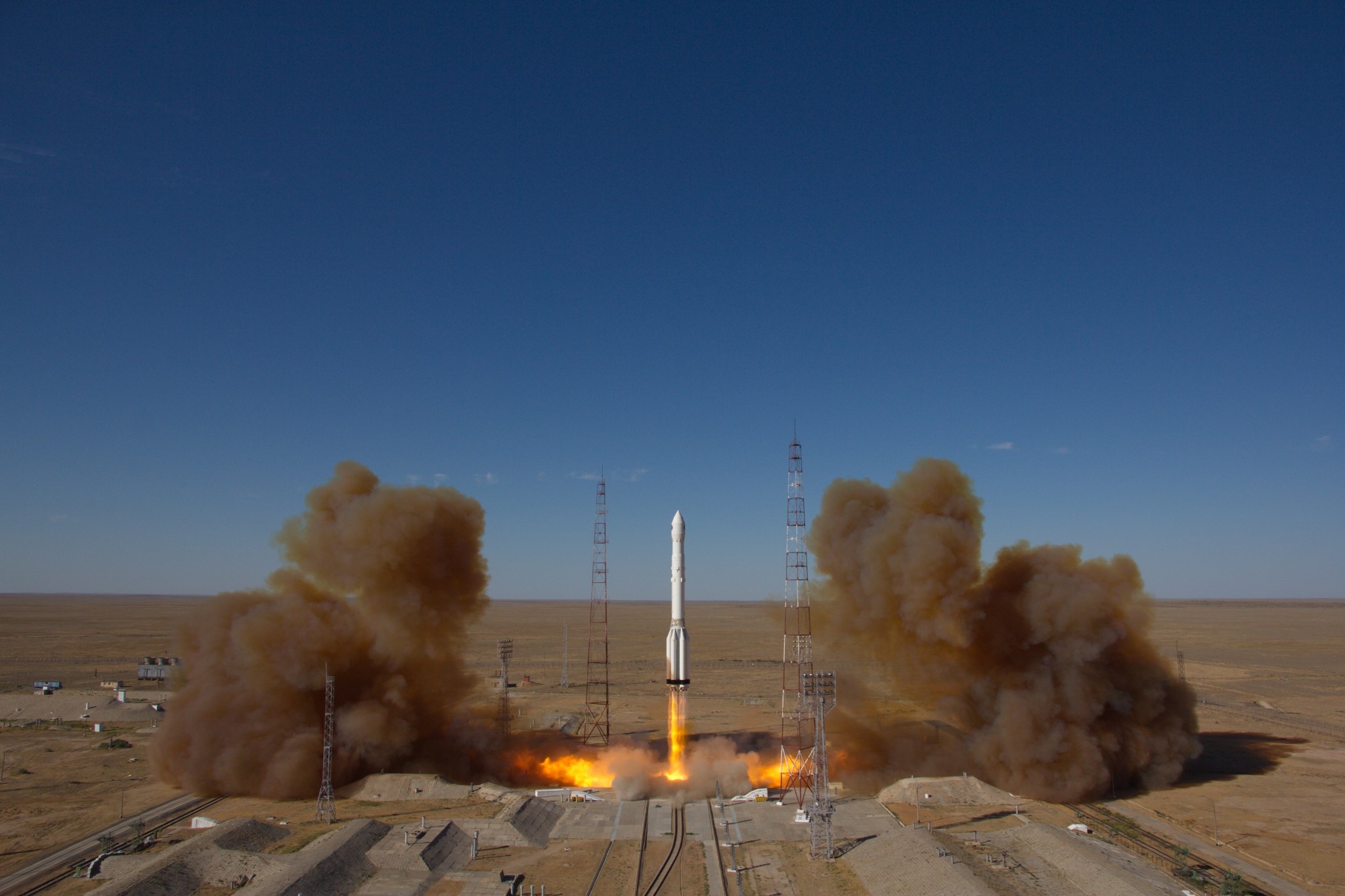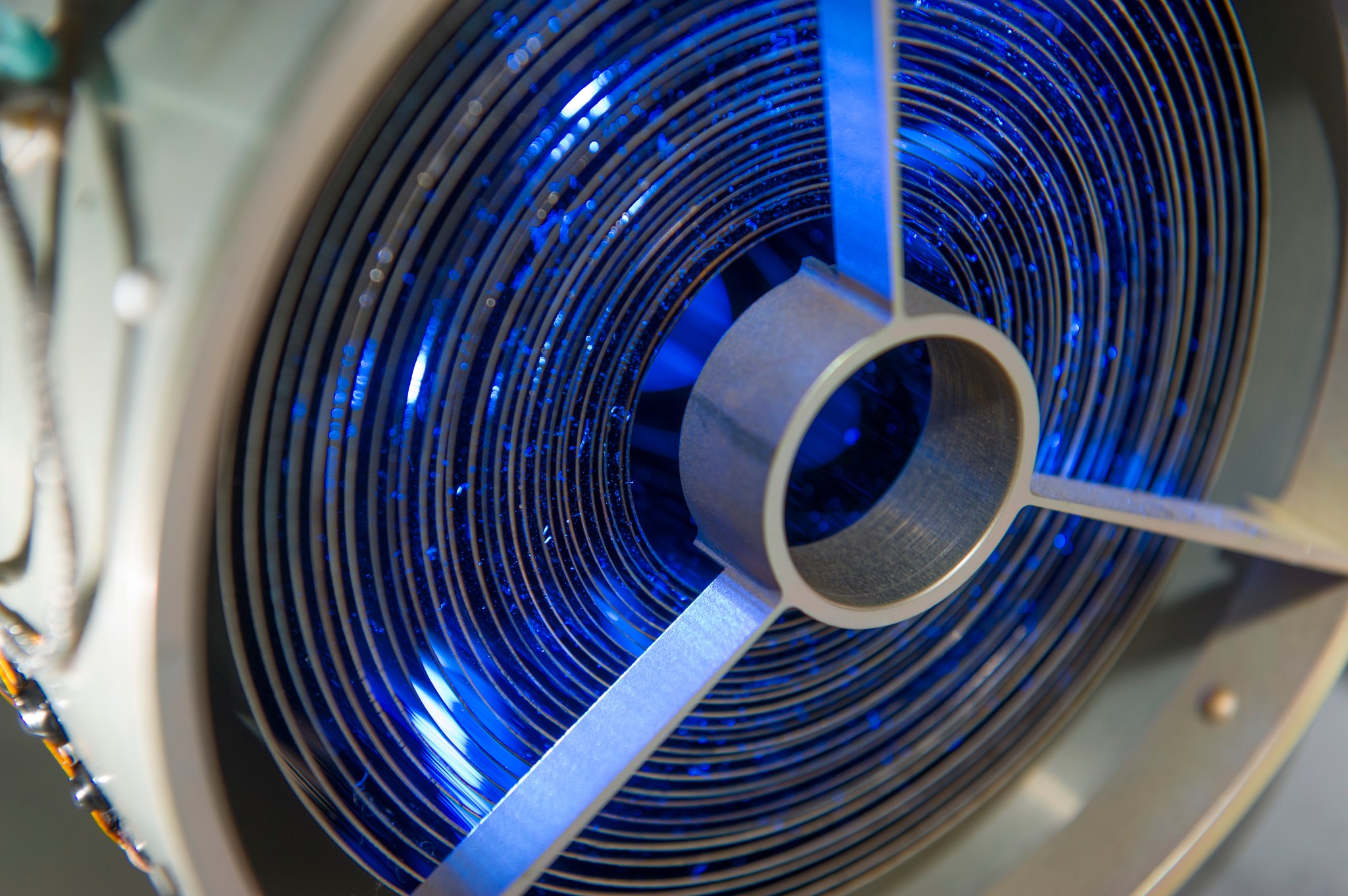In This Week’s Star
- Lisa Watson-Morgan Named Program Manager for Human Landing System/a>
- NASA Honors Marshall Team Members with Silver Snoopy Awards
- NASA Astronaut Andrew Morgan, Crewmates Arrive at Space Station on 50th Anniversary of Moon Landing
- Marshall Celebrates Apollo, First Steps on the Moon
- Former NASA Acting Administrator Lightfoot Addresses Marshall Association Scholarship Luncheon
- Marshall Hosts Mentoring Seminar to Encourage Team-building, Inspire Interns
- Aerospace States Association Annual Summit Brings Legislators to Marshall
- Spectrum X-Gamma Rockets into Space with X-ray Vision
- July Tech Talk Recounts How Marshall Engineers Turn a Smartphone Into a Docking Sensor
- This Week in NASA History: Apollo 11 Splashes Down – July 24, 1969
Lisa Watson-Morgan Named Program Manager for Human Landing System
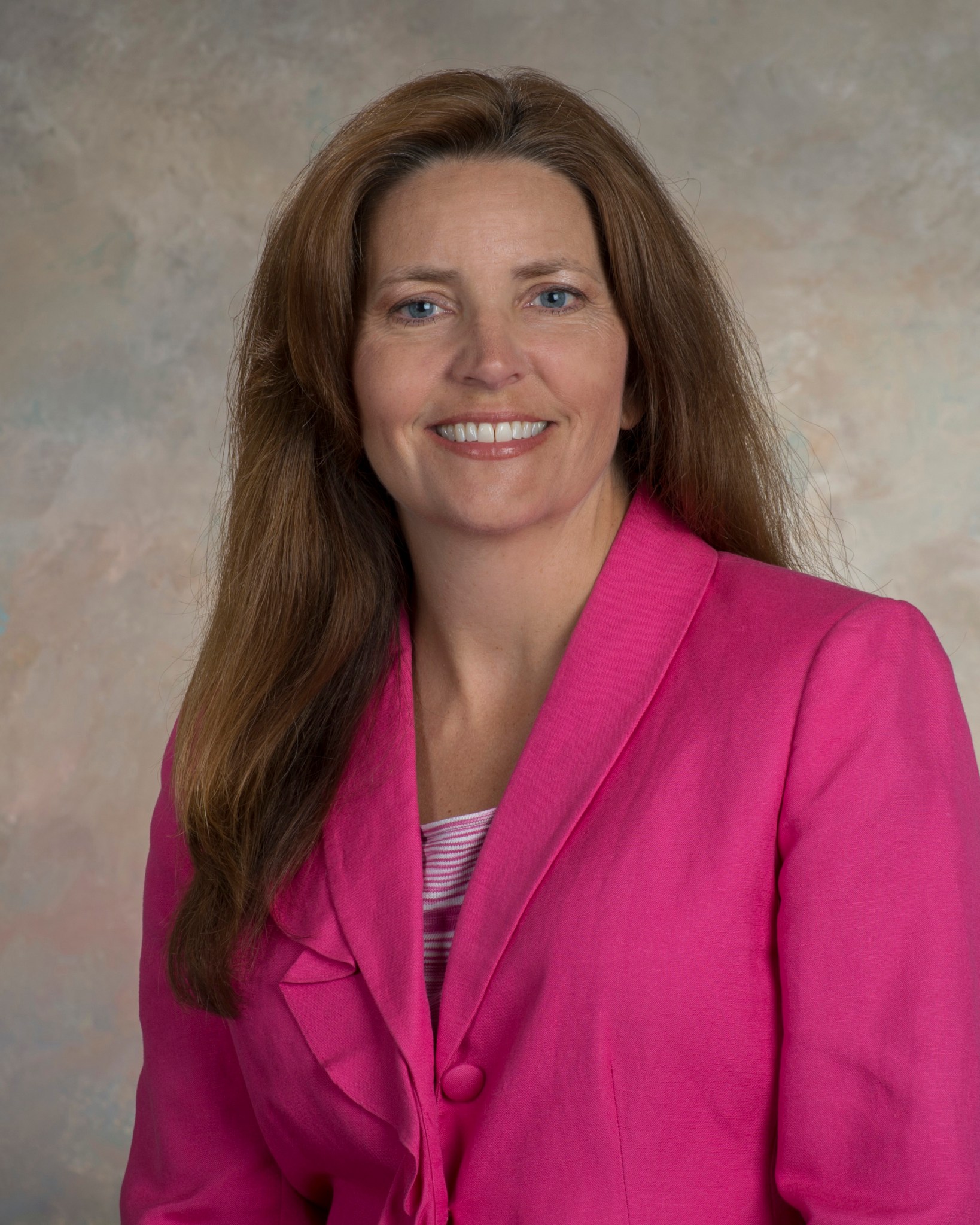
Lisa Watson-Morgan has been named to the position of program manager for NASA’s Human Landing System. In this role, Watson-Morgan will lead the rapid development of an integrated human landing system.
This project will include elements such as a descent element, ascent element and a transfer vehicle. NASA will work with U.S. industry for the development, integration and crewed demonstration of these elements as a functional human landing system that will meet the challenge to send the first woman and next man to the Moon by 2024.
Watson-Morgan has 30 years of experience in systems engineering, project engineering leadership and strategic planning supporting launch vehicles, space vehicle systems, science, operations and payloads. In her most recent role as deputy director of the Engineering Directorate at NASA’s Marshall Space Flight Center, Watson-Morgan was jointly responsible for the center’s largest organization, comprised of more than 2,000 civil service and contractor personnel. She led the design, testing, evaluation and operation of flight hardware and software associated with space transportation, spacecraft systems, science instruments and payloads in development.
Watson-Morgan began her NASA career in 1989 as a data management controller of the ATLAS-3 Spacelab mission and took on more leadership responsibility, becoming manager of the Ground Systems Operations Branch. In 2011, Watson-Morgan was named chief engineer of Marshall’s Flight Programs and Partnerships Office.
In 2013, she was appointed to the Senior Executive Service as manager of Marshall’s Chief Engineer’s office after completing a detail assignment as associate technical director for the Engineering Directorate. Watson-Morgan has also served as the director of the Spacecraft and Vehicle Systems Department, and the associate director of Operations for the Engineering Directorate.
A native of Huntsville, Watson-Morgan graduated from the University of Alabama in 1991 with a bachelor’s degree in industrial engineering. She also received a master’s degree in industrial engineering in 1994 and a doctorate in engineering management in 2008, both from the University of Alabama in Huntsville. She has received numerous NASA awards, including a Meritorious Presidential Rank Award in 2018, an Exceptional Achievement Medal in 2010 and an Exceptional Service Medal in 2001.
NASA Honors Marshall Team Members with Silver Snoopy Awards
Nine team members from NASA’s Marshall Space Flight Center were honored with the coveted Silver Snoopy award July 17. The NASA astronaut corps presents the Silver Snoopy to outstanding civil service and contractor employees who have significantly contributed to America’s human spaceflight program.
Marshall Director Jody Singer, NASA astronaut Rex Walheim and Apollo 17’s Harrison Schmitt presented the awards during a ceremony in Morris Auditorium. For more information about the award, click here.
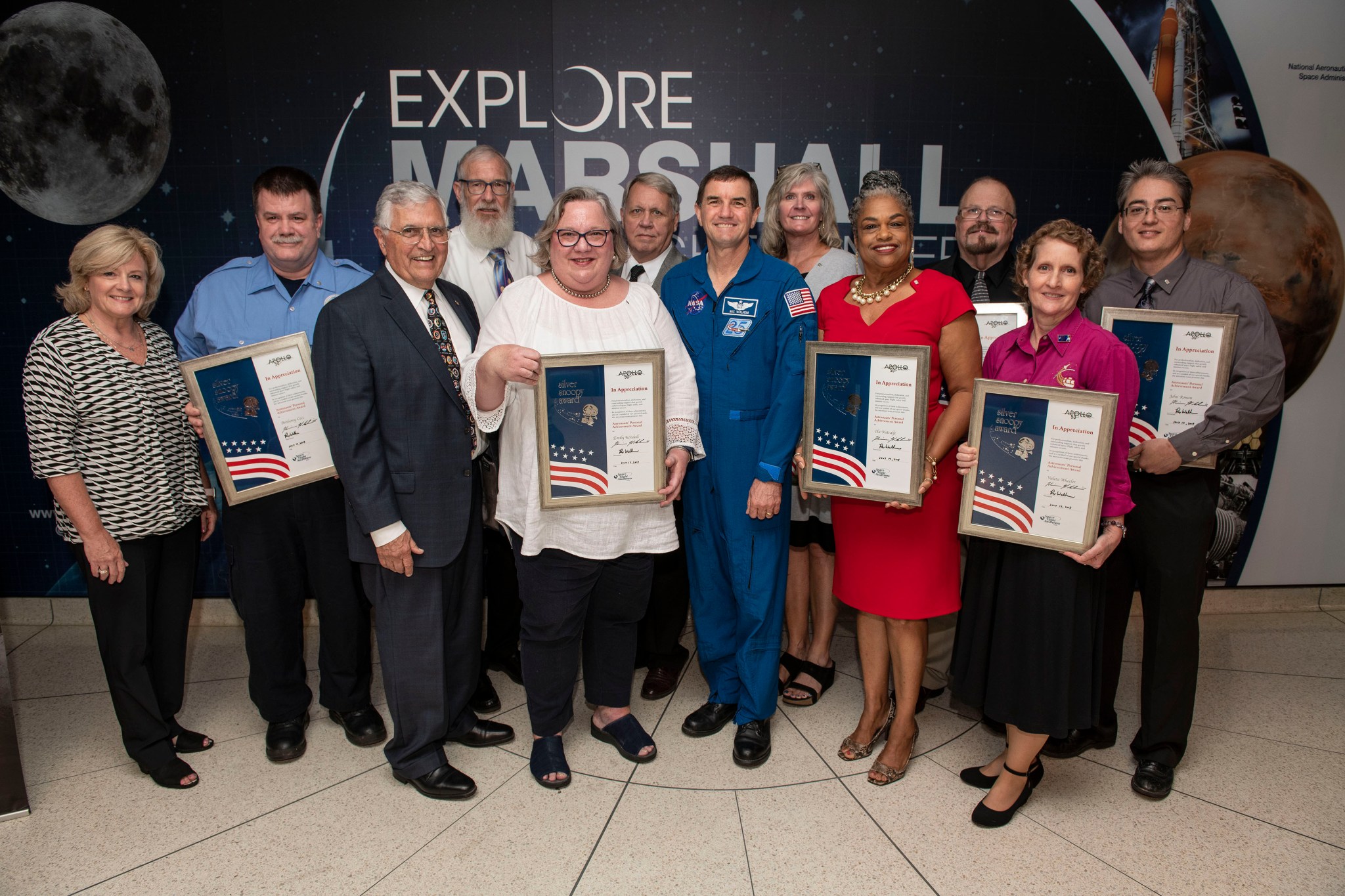
NASA Astronaut Andrew Morgan, Crewmates Arrive at Space Station on 50th Anniversary of Moon Landing
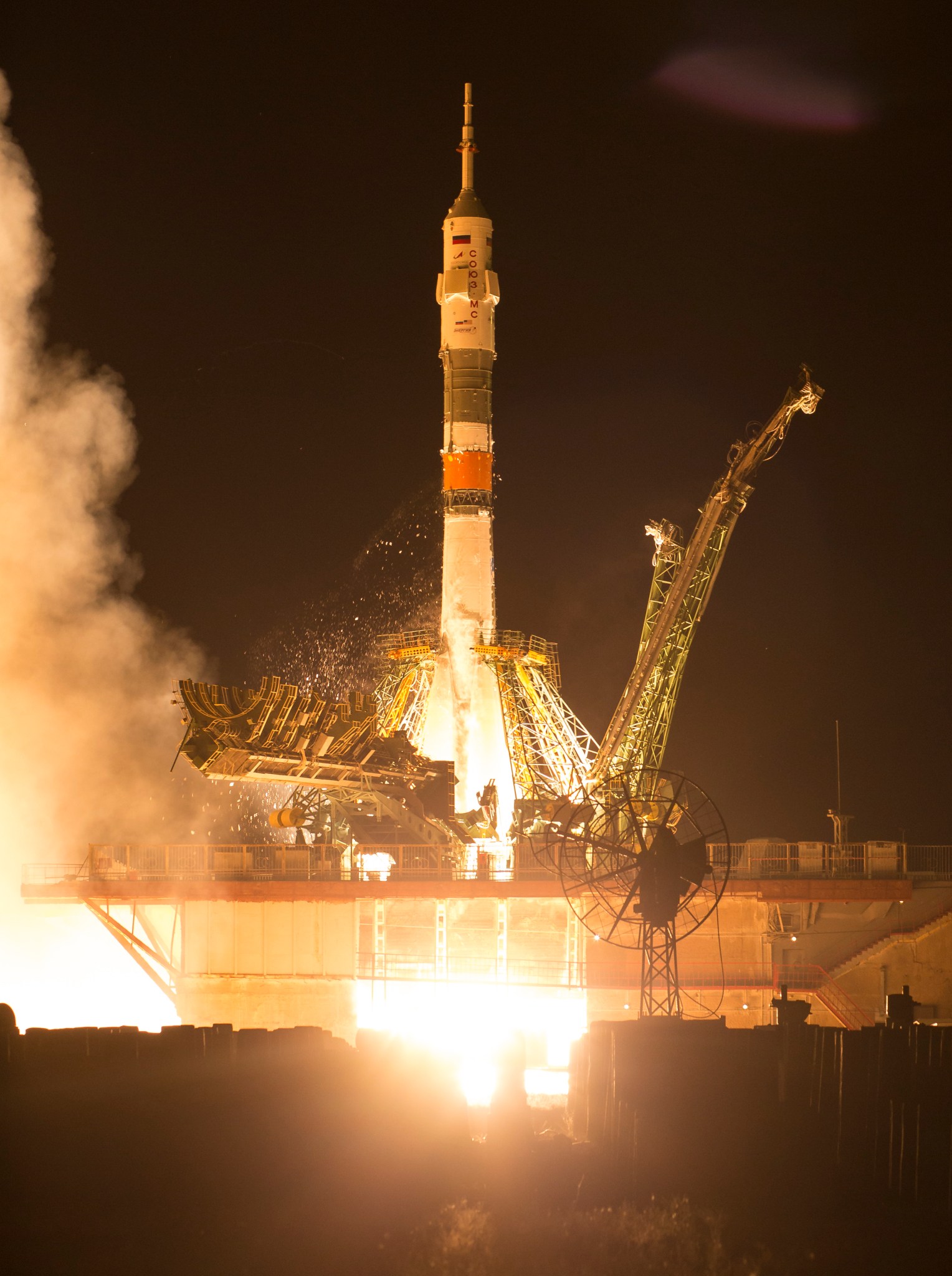
Fifty years to the day that Neil Armstrong and Edwin “Buzz” Aldrin stepped on the Moon, NASA astronaut Andrew Morgan and two fellow crew members arrived July 20 for their mission aboard the International Space Station, where humans have lived and worked continuously for more than 18 years. The Soyuz MS-13 spacecraft carrying Morgan, Luca Parmitano of the European Space Agency and Alexander Skvortsov of the Russian space agency Roscosmos launched at 11:28 a.m.CDT (9:28 p.m. Kazakhstan time) from the Baikonur Cosmodrome in Kazakhstan. Their arrival restores the station’s crew complement to six. They join NASA astronauts Nick Hague and Christina Koch, and Expedition 60 Commander Alexey Ovchinin of Roscosmos. The Expedition 60 crew will spend more than six months conducting about 250 science investigations in fields such as biology, Earth science, human research, physical sciences and technology development. Work on the unique microgravity laboratory advances scientific knowledge and demonstrates new technologies, making research breakthroughs that will enable long-duration human and robotic exploration of the Moon and Mars. (NASA/Joel Kowsky)
Marshall Celebrates Apollo, First Steps on the Moon
By Will Bryan
Fifty years ago, the Apollo 11 mission dominated news headlines. Stories about the astronauts, mission control and the Saturn V rocket were told in every shape, form and fashion. Celebrations were held at the key milestones: launch, landing, the first steps and the successful splashdown.
Last week, the historic event was commemorated at NASA’s Marshall Space Flight Center –where the Saturn V rocket that launched the famous mission was developed — as well as in the Huntsville community and around the world.
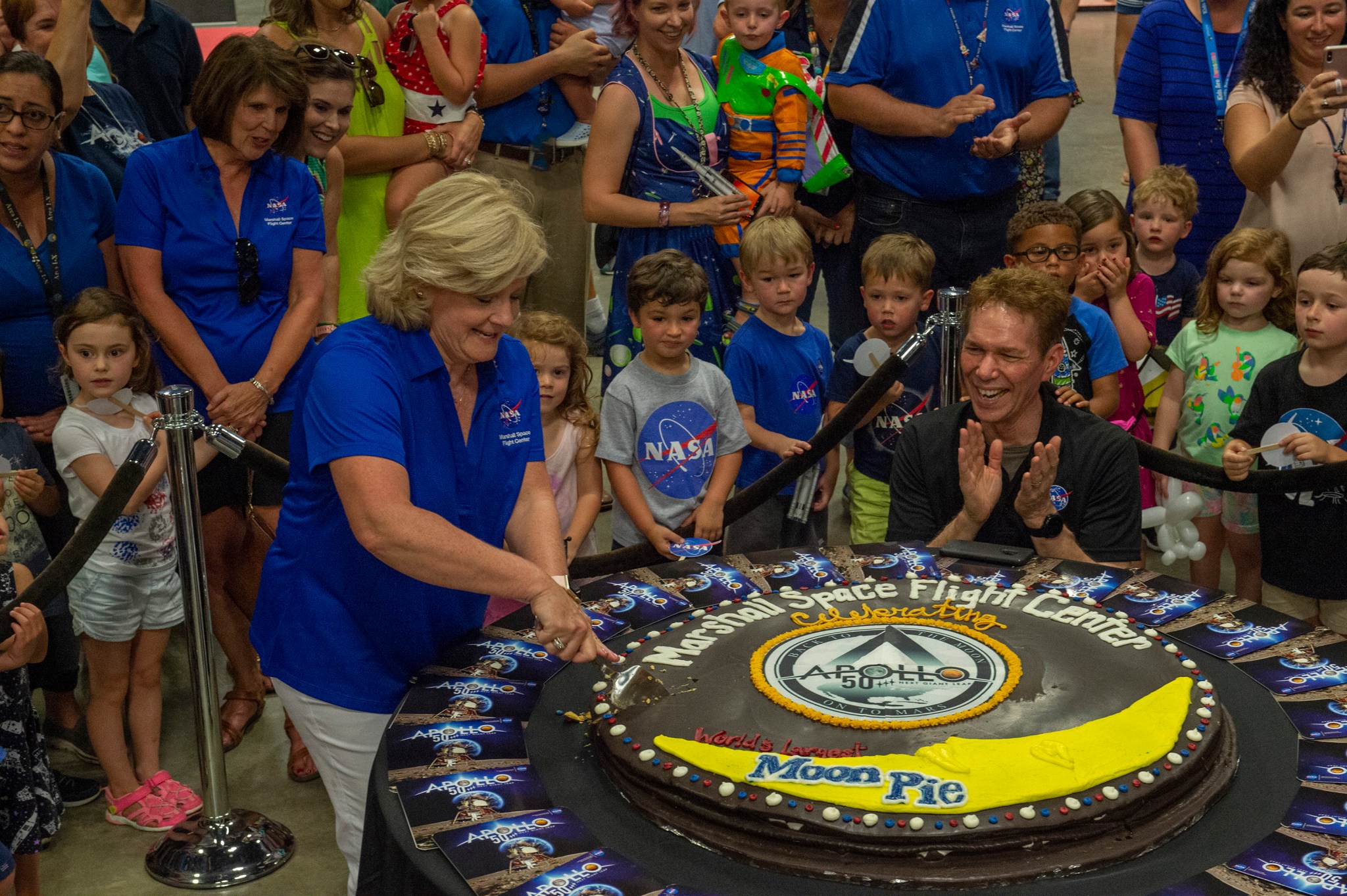
“We paved the way to the Moon in 1969 with our propulsion expertise and the Saturn V, and our achievements continued with the space shuttle and the International Space Station and continue today with the Space Launch System and Artemis,” Marshall Center Director Jody Singer said.
People dusted off their dancing slippers and filled the streets of downtown Huntsville on July 19 for the “Dancing in the Streets” event hosted by Downtown Huntsville Inc. NASA exhibits were featured on the four sides of the downtown square, with Marshall team members sharing information about the four unique eras of manned spaceflight: Apollo, space shuttle, the International Space Station and Artemis. Bands played music from each respective era as industry partners and teams from NASA’s Human Exploration Rover Challenge competition shared how they participate in the space program.
Earlier in the day, NASA hosted a nationwide broadcast commemorating the Apollo 11 mission while educating viewers about what the agency is doing now to send the first woman and next man to the lunar surface by 2024. Marshall’s portion of the broadcast was held at the U.S. Space & Rocket Center and featured NASA astronaut Rex Walheim in front of an F-1 engine that powered the first stage of the Saturn V.
Harrison Schmitt — Apollo 17 astronaut and the first scientist on the Moon — visited Marshall on July 18 and participated in a Facebook Live with Marshall planetary scientist Renee Weber and public affairs officer Jena Rowe. Schmitt shared his experiences on the lunar surface and discussed what we learned from exploring the Moon 50 years ago.
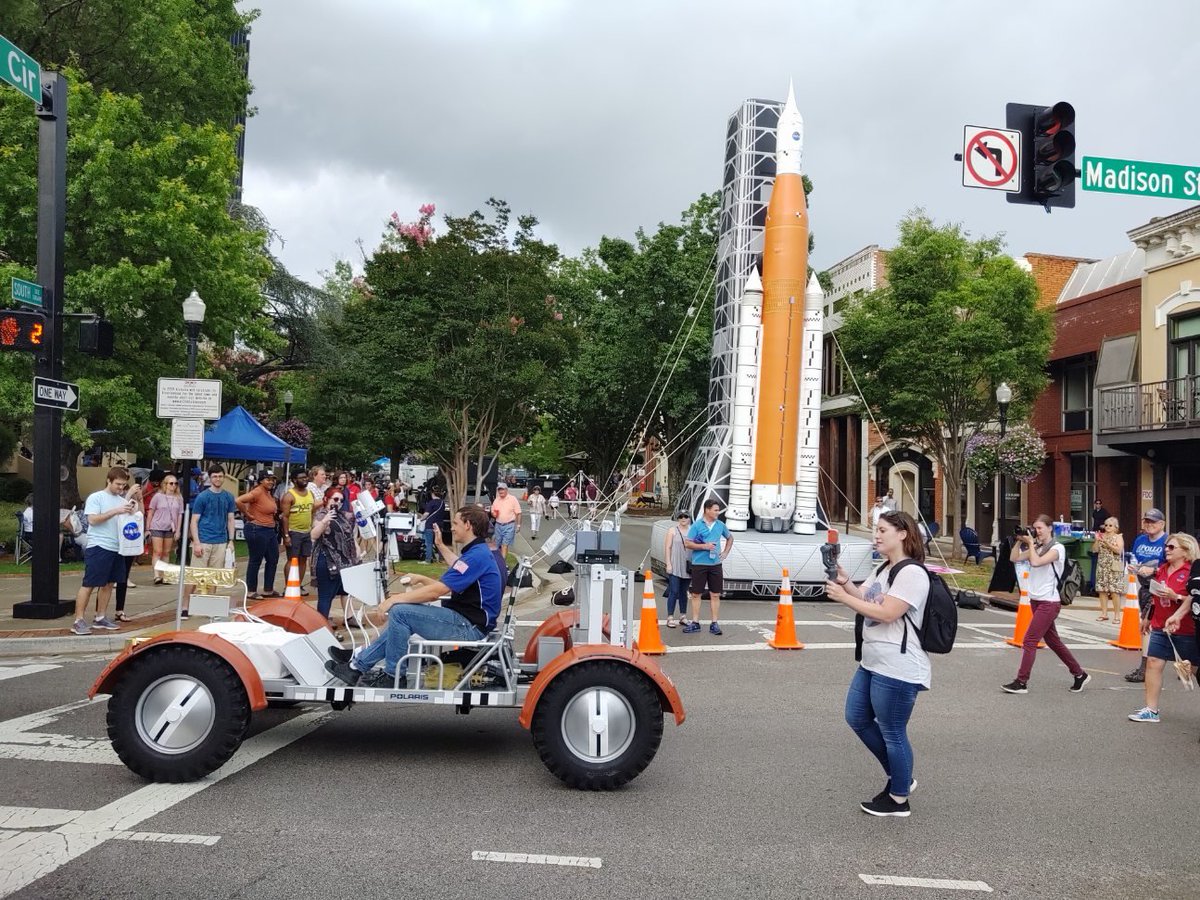
Marshall celebrated the launch anniversary at the Activities Building on July 16 with exhibits about Apollo, as well as the work currently being done at the center to help the United States explore the cosmos. Behind the Activities Building, in the walking trails, the annual Summer Blast celebration featured live music, food and inflatable activities for kids. MoonPie from Chattanooga, Tennessee, brought the world’s largest MoonPie – 4 feet in diameter, emblazoned with the Apollo 50th celebration logo.
In Huntsville on July 16, thousands gathered at the U.S. Space & Rocket Center to witness an attempt at the Guinness World Record for the most model rockets launched at one time. On the stage for the launch with Singer were retired Marshall engineer and lab director Brooks Moore, Apollo 15 command module pilot Al Worden and Space Camp veteran Lillian Duran. More than 4,900 of the 5,000 rockets successfully launched. Video of the launch will be sent to Guinness for official determination of whether a record was set.
As NASA works toward the next “giant leap,” Marshall team members are taking the small steps that will make it happen.
“NASA has changed the world for the better and our story continues to be one of accomplishment and leadership,” Singer said.
Bryan, an ASRC Federal/Analytical Services employee, supports the Office of Strategic Analysis & Communications.
Former NASA Acting Administrator Lightfoot Addresses Marshall Association Scholarship Luncheon
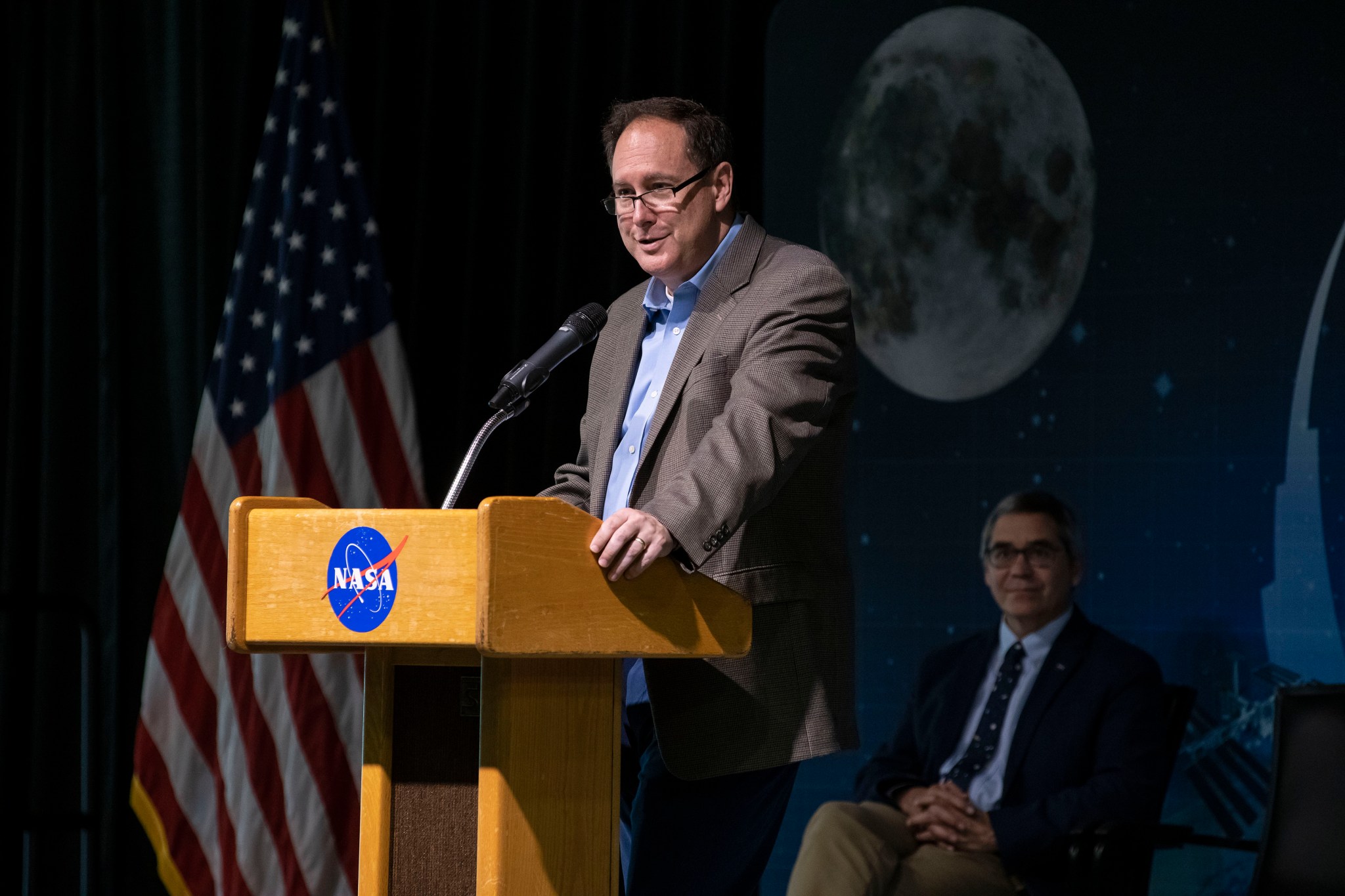
Robert Lightfoot, former director of NASA’s Marshall Space Flight Center, speaks at the Marshall Association’s annual scholarship luncheon in Building 4316 on July 8. Four high school graduates — Johnathan Hampton, Zerahiah Joseph, Noah Kim and Thornton “Trey” Stanley III, all children of Marshall employees — were each awarded a $1,400 college scholarship. After being introduced by Marshall Director Jody Singer, Lightfoot, noting the Apollo 11 50th anniversary, shared his advice with students on how to make the “next giant leap”: be persistent, think big, inspire people and accept risks. (NASA/Fred Deaton)
Marshall Hosts Mentoring Seminar to Encourage Team-building, Inspire Interns
By Rick Smith
Several hundred NASA Marshall Space Flight Center civil service employees, contractors and summer interns gathered in Activities Building 4316 on July 10 for a series of motivational talks and networking opportunities led by Marshall Deputy Director Paul McConnaughey and other key NASA leaders.
The seminar, titled “Enable the Mission: Be the Ideal Team Player,” was organized by Marshall’s Organization and Leadership Development Office in the Office of Human Resources.
McConnaughey opened the half-day session with reflections on his own 30-year career and the colleagues who supported and helped guide him. He also took questions at its close from participating team members.
“We can’t accomplish anything without a good team,” he said. “Your development as an ideal team player, within your organization and across Marshall and NASA, is vital to accomplishing the nation’s mission in space.”
Speakers for the seminar included Tiffany Lockett, lead system engineer for NASA’s Near-Earth Asteroid Scout robotic reconnaissance mission and management intern in the Office of the Center Director; Ruth Jones, acting deputy director of NASA’s Michoud Assembly Facility; Amir Deylami, deputy chief financial officer for resources in Marshall’s Office of the Chief Financial Officer; and Marcia Lindstrom, strategic communications manager in the Space Launch System Program Office at Marshall.
Marshall organization development specialist Roger Kitchen emceed the seminar with help from training consultant Bruce Pieper. Kitchen said the goal of the event was to inspire and motivate team members across Marshall, many of whom may be forming new action teams to support NASA’s Artemis Program, the lunar Gateway and additional elements of the nation’s mission to return human explorers to the Moon by 2024 and journey on to Mars in the years to come.
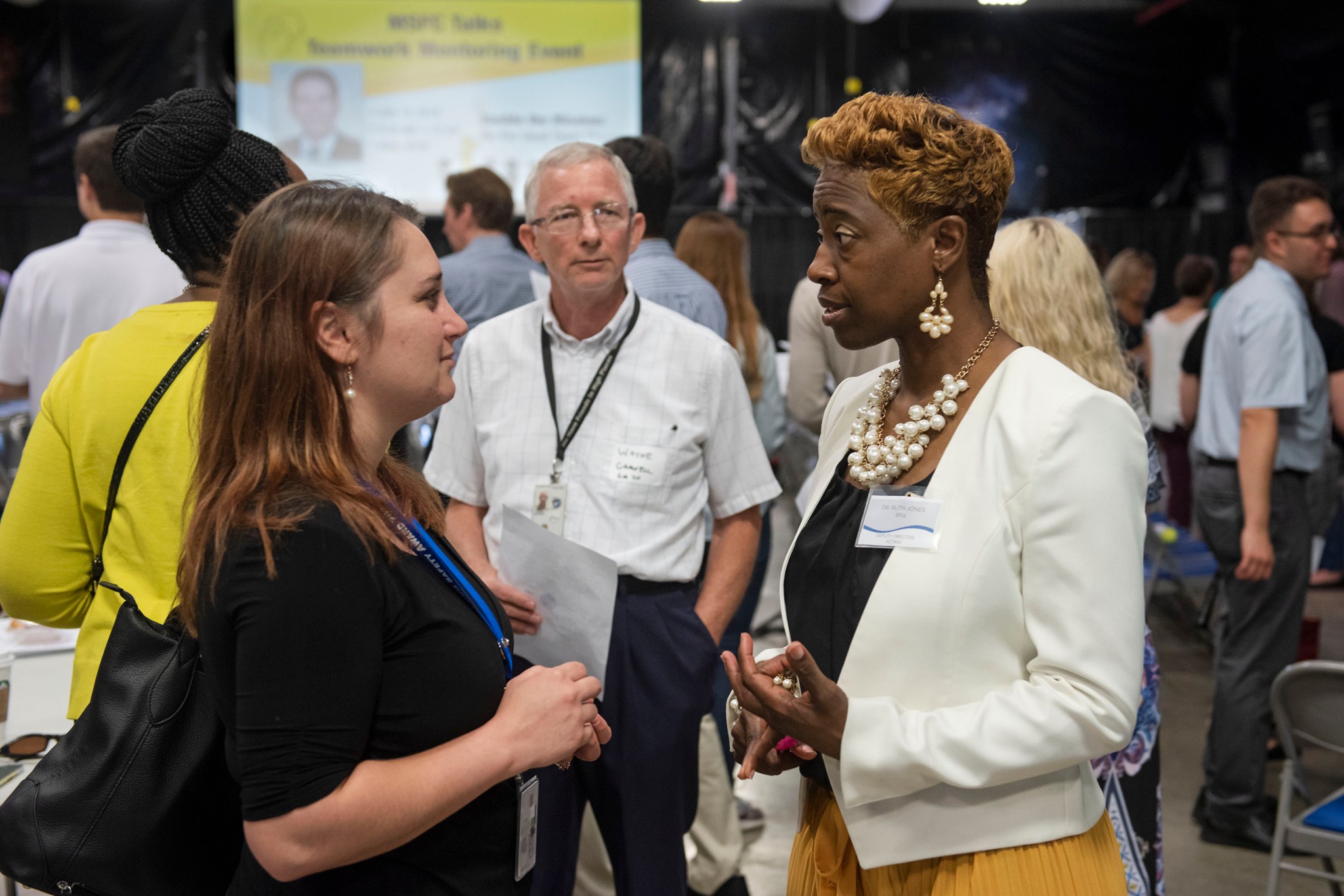
“It was a great opportunity for the Marshall family to hear some compelling speakers and learn tips for being ideal team players in the exciting years ahead of us,” he said. “We’re very grateful for Paul McConnaughey and all our speakers for championing Marshall’s mentoring program.”
The training and development team, led by office manager Dr. James Andrews, regularly meets with Marshall supervisors seeking mentoring guidance and assistance. They maintain an ExplorNet page and blog about training and development opportunities, and can host tailored workshops to help make mentor-mentee relationships an integral part of any organization.
For more information or to set up a mentor training session for your organization, contact Roger Kitchen in the Organization and Leadership Development Office.
Smith, an ASRC Federal/Analytical Services employees, supports the Office of Strategic Analysis & Communications.
Aerospace States Association Annual Summit Brings Legislators to Marshall
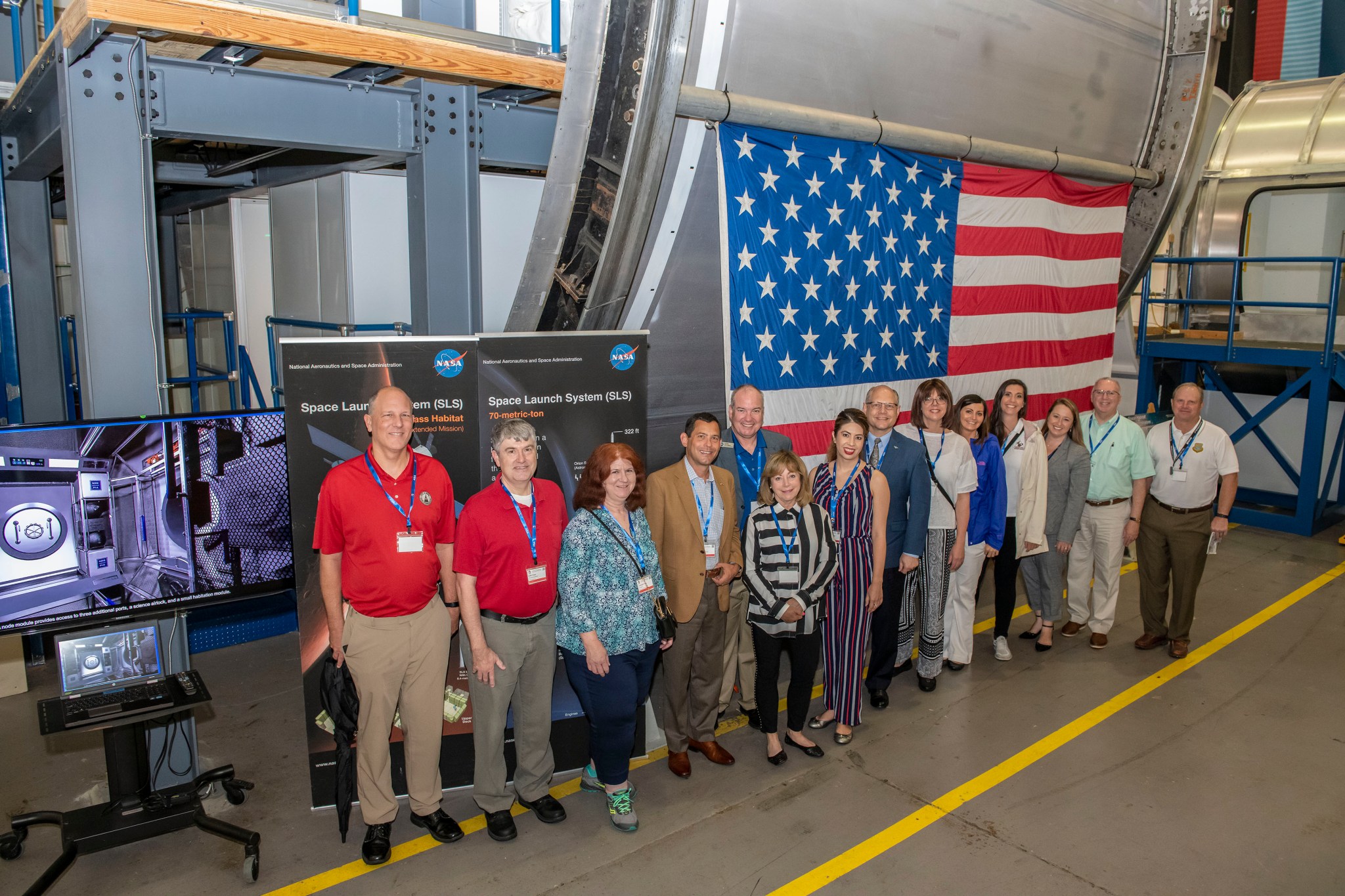
Members of the Aerospace States Association — state lieutenant governors, governor-appointed delegates, state legislators and others from aerospace, academia and nonprofits — toured NASA’s Marshall Space Flight Center on June 17 during the group’s annual meeting and policy summit. Here, the group visits mock-ups of habitat concepts under development to allow crews to live and explore on the Moon or thousands of miles beyond. The ASA’s events coincided with celebrations commemorating the 50th anniversary of the Apollo program, and included an awards dinner with Apollo 11 astronaut Edwin “Buzz” Aldrin as keynote speaker. (NASA/Fred Deaton)
Spectrum X-Gamma Rockets into Space with X-ray Vision
On July 13, the Russian State Space Corporation Roscosmos launched the newest set of X-ray eyes, designed for exploring the universe’s past, present and future. On board is a sensitive set of mirrors made at NASA’s Marshall Space Flight Center.
The Spectrum X-Gamma spacecraft successfully blasted off at 7:31 a.m. CDT from the Baikonur Cosmodrome in Kazakhstan. Its destination is a special gravitational “parking spot” called the second Lagrangian point, about 930,000 miles (1.5 million kilometers) from Earth. The mission is known as SRG because of its German name, Spektrum-Roentgen-Gamma.
“SRG is a fantastic example of international cooperation in space,” said Paul Hertz, director of astrophysics at NASA Headquarters. “We look forward to seeing all of the exciting science that comes out of this mission.”
The SRG is an international high-energy astrophysics observatory built under the leadership of Roscosmos in partnership with the German Aerospace Center, with contributions from Marshall and institutions in Russia and Europe. Marshall team members will play an important role in data processing and providing scientific data to collaborators for analysis.
Astronomers will use the observatory to scan the sky every six months over a four-year period and collect X-ray signals from countless celestial objects and phenomena. These data will allow mapping of the observable X-ray universe in more detail than ever. The enhanced all-sky survey will answer questions about cosmic mysteries such as dark matter, dark energy, the physics of black holes and the evolution of the universe.
“SRG is proof that X-ray astronomy, which began with the Space Age, is truly a global science,” said Brian Ramsey, technical lead for SRG at Marshall. “The international team is eager to study a wide range of celestial sources, especially clusters of galaxies and black hole systems, made available by SRG.”
Ramsey and colleagues at Marshall developed and built the mirrors for one of the mission’s science instruments — the Astronomical Roentgen Telescope X-ray Concentrator, or ART-XC, developed in Russia.
ART-XC sees light extending to the “hard” X-ray range, from a few to 20-30 kilo electron Volts (keV). ART-XC will view the sky at the same time as SRG’s primary instrument: the extended Roentgen Survey with an Imaging Telescope Array, or eROSITA. Developed by the Max Planck Institute for Extraterrestrial Physics in Germany, eRosita is sensitive to low-energy or “soft” X-rays in the range of about .5 to 2 keV. Both instruments will be looking for black holes hidden behind dust and gas in galaxies.
Finding the traces of black holes requires X-ray vision. But unlike visible light, X-rays only reflect off surfaces at glancing angles — as a rock might skip off the surface of a lake. Therefore, X-ray mirrors require design with the reflecting surfaces almost parallel to the incoming X-rays. However, just one mirror is not enough to collect much X-ray light. To intercept as much light as possible, X-ray telescopes need a series of nearly parallel mirror surfaces. The use of thin shells of mirrors, nested together like Russian dolls, makes this possible.
The challenge for ART-XC’s mirrors is that high-energy X-ray light reflects at angles that are even closer to parallel. As a result, more shells are needed. To collect enough X-ray light, ART-XC has seven sets of 28 nested shells with special reflective coatings. Each mirror is most efficient at reflecting a particular range of X-ray wavelengths.
ART-XC’s mirrors are electroformed from a nickel-cobalt alloy and coated with ultra-thin layers of reflective iridium coating, which are smooth to 0.5 nanometers — about 1/1000 the wavelength of visible light. Researchers at Marshall have been developing this mirror-making technology since the 1990s. SRG provides the first opportunity to use it on an orbiting X-ray observatory.
“ART-XC would not be where it is now without the support and expertise of Misha Gubarev,” Ramsey said. Mikhail “Misha” Gubarev was project lead for the SRG collaboration at Marshall before his death in 2017.
July Tech Talk Recounts How Marshall Engineers Turn a Smartphone Into a Docking Sensor
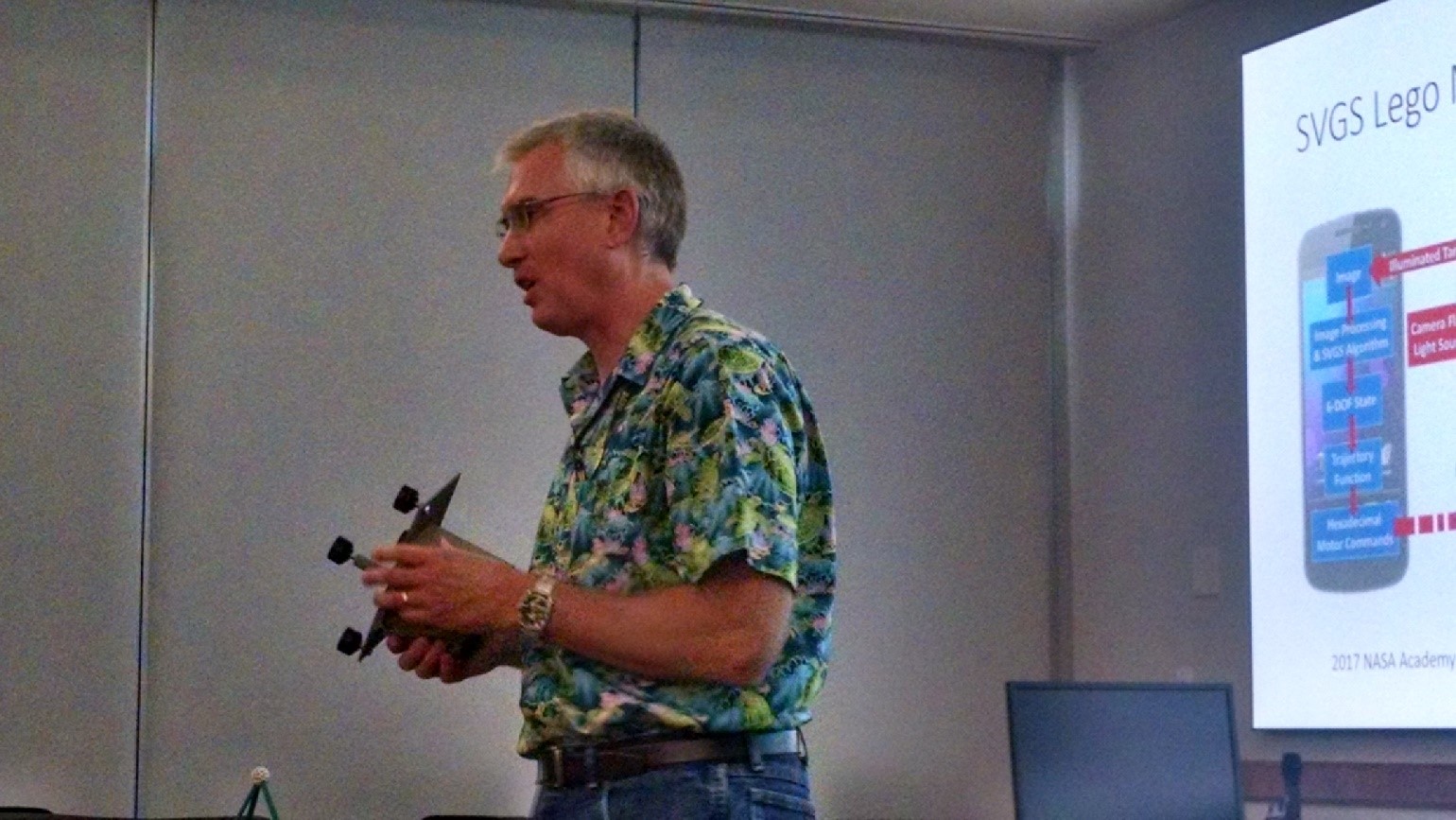
John Rakoczy, the a branch chief in the Spacecraft and Vehicle Systems Department at NASA’s Marshall Space Flight Center, gives a Tech Talk on July 11 about development of the Smartphone Video Guidance Sensor. It’s a smartphone version of the Video Guidance Sensor and the Advanced Video Guidance Sensor developed at Marshall in the 1990s and 2000s. The project has taken advantage of partnerships inside and outside the agency. Tech Talk is presented by the Marshall Chief Technologist’s Office. (NASA/Will Bryan)
This Week in NASA History: Apollo 11 Splashes Down – July 24, 1969
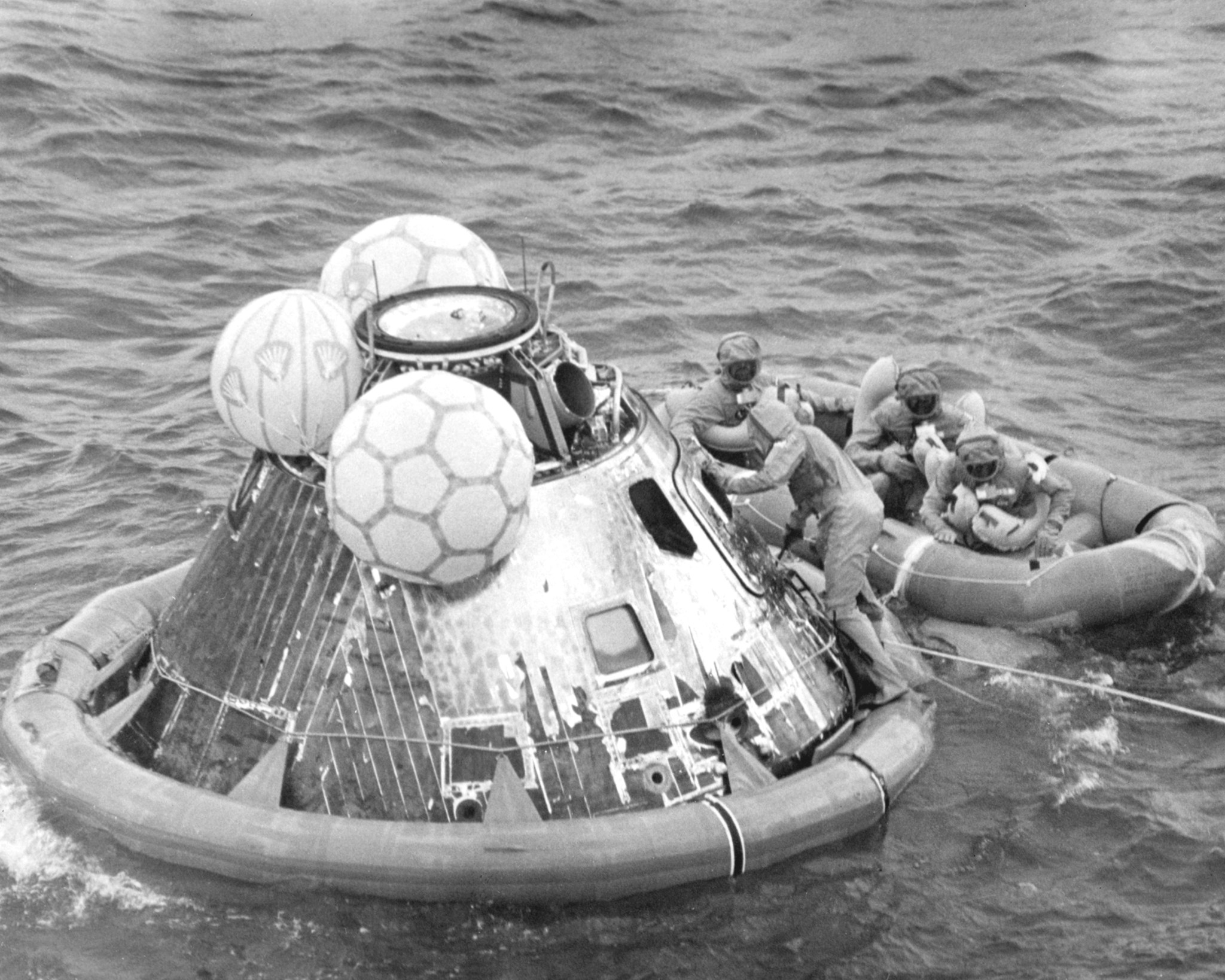
This week in 1969, the Apollo 11 crew successfully returned to Earth following their eight-day mission to the lunar surface. Astronauts Neil Armstrong, Edwin “Buzz” Aldrin and Michael Collins splashed down in the Pacific Ocean, 13 miles from the recovery ship USS Hornet. Donning biological isolation garments before leaving the spacecraft, the crew went directly into the Mobile Quarantine Facility on the aircraft carrier, their home for the following 21 days. With the success of Apollo 11, the national objective of landing men on the Moon and returning them safely to Earth was accomplished. This July, in a series of special events, NASA is marking the 50th anniversary of the Apollo Program — the historic effort that sent the first U.S. astronauts into orbit around the Moon in 1968, and landed a dozen astronauts on the lunar surface between 1969 and 1972. For more pictures, and to connect to NASA’s remarkable history, visit the Marshall History Program’s webpage. (NASA)





























